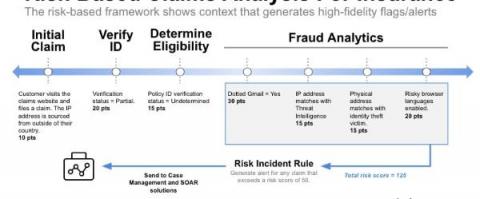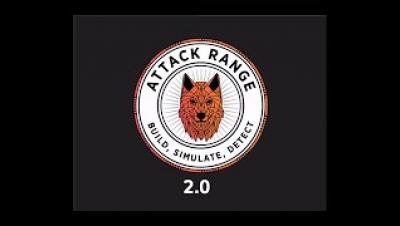Reputational Risk Mitigation
Simplify your procurement process and subscribe to Splunk Cloud via the AWS marketplace Unlock the secrets of machine data with our new guide All companies want to protect their reputation as any mishandling of it, either self-inflicted or via outside forces, can have a devastating impact. Mitigating reputational issues involves mitigating the risk that leads to them.











